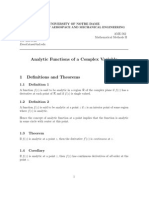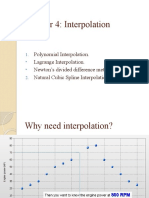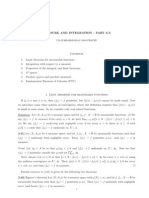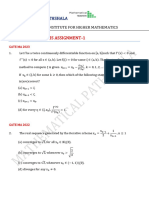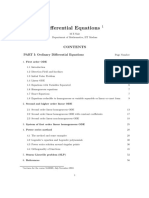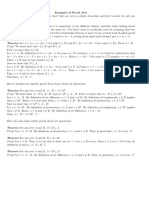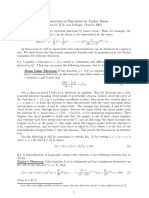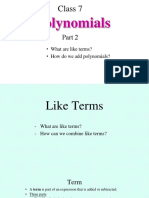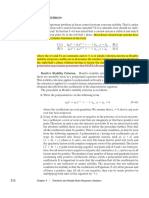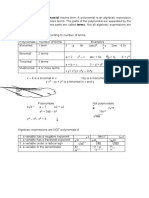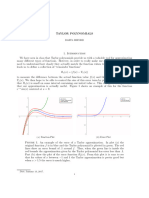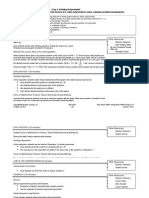0% found this document useful (0 votes)
69 views154 pagesMTH165 Unit 3
Online Resources: Use these search terms to find chapter-wise explanations, summaries, and practice questions:
"NCERT Biology chapter-wise explanations"
"NCERT Biology practice questions"
Sample Chapters: Search for specific books like "Disha Objective NCERT Xtract Biology sample chapter".
Uploaded by
RahulCopyright
© © All Rights Reserved
We take content rights seriously. If you suspect this is your content, claim it here.
Available Formats
Download as PDF, TXT or read online on Scribd
0% found this document useful (0 votes)
69 views154 pagesMTH165 Unit 3
Online Resources: Use these search terms to find chapter-wise explanations, summaries, and practice questions:
"NCERT Biology chapter-wise explanations"
"NCERT Biology practice questions"
Sample Chapters: Search for specific books like "Disha Objective NCERT Xtract Biology sample chapter".
Uploaded by
RahulCopyright
© © All Rights Reserved
We take content rights seriously. If you suspect this is your content, claim it here.
Available Formats
Download as PDF, TXT or read online on Scribd
/ 154

